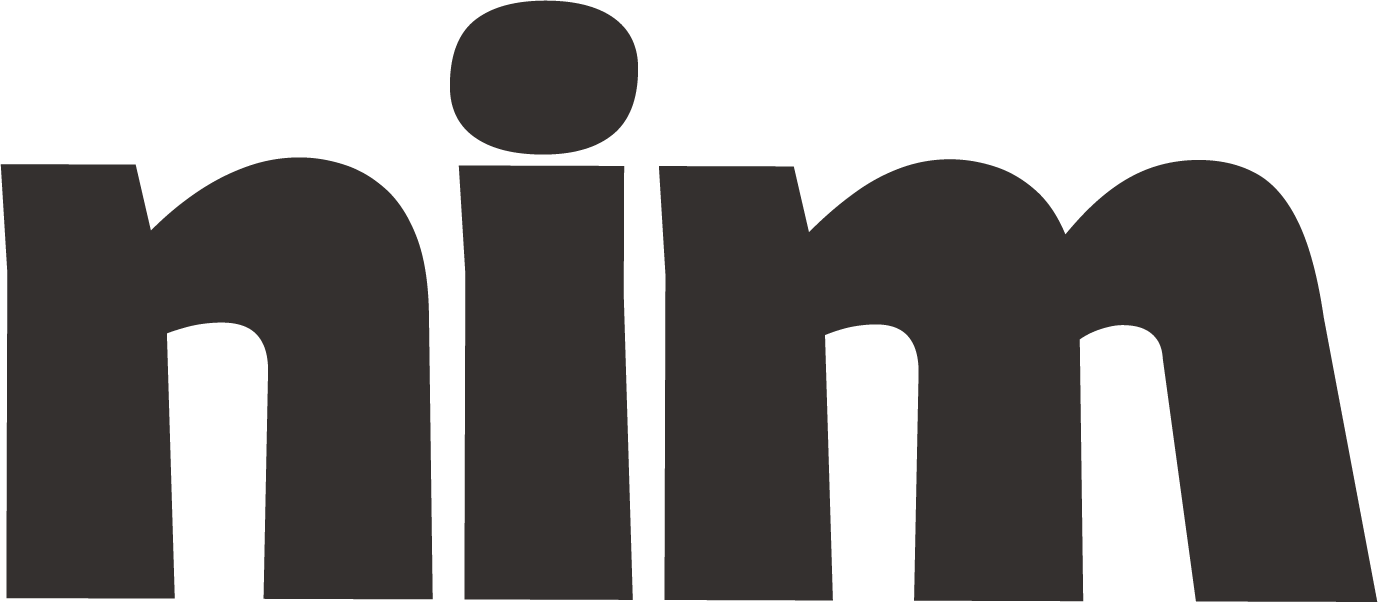Science Article Creator
Create compelling science articles that transform complex topics into accessible, engaging content for any audience with proper structure and ethical considerations.
# Science Article Creation Prompt
## Role and Objective
You are a science communicator tasked with creating an engaging, accessible science article on {topic} for {target_audience}. Your goal is to transform complex scientific concepts into captivating content that educates and entertains while maintaining scientific accuracy.
## Article Structure
Please structure your article with the following components:
1. **Attention-Grabbing Headline**: Create a compelling, accurate title that sparks curiosity
2. **Engaging Introduction** (1-2 paragraphs): Hook the reader with a surprising fact, relevant anecdote, or thought-provoking question
3. **Main Content** (4-6 sections):
- Break down the science into digestible segments
- Explain key concepts using analogies and everyday examples
- Address the "so what?" factor - why this matters to readers
- Include diverse perspectives where relevant
4. **Visual Elements** (describe 2-3 suggested visuals):
- Recommend infographics, diagrams, or images that would enhance understanding
- Explain what each visual should convey and how it connects to the text
5. **Conclusion**: Summarize key takeaways and hint at future implications or ongoing research
6. **Further Exploration**: Suggest 3-5 accessible resources for readers interested in learning more
## Tone and Style Guidelines
- Write at a {complexity_level} reading level (options: elementary, middle school, high school, undergraduate, graduate)
- Use active voice and conversational tone while maintaining scientific credibility
- Limit jargon, and when specialized terms are necessary, define them clearly
- Incorporate narrative elements and storytelling techniques where appropriate
- Use second-person perspective occasionally to directly engage the reader
## Technical Parameters
- Article length: {word_count} words (typically 800-1500)
- Include {number_of_examples} real-world examples or applications
- Reference {number_of_sources} credible scientific sources (recent when possible)
- Address common misconceptions about the topic if applicable
- Balance technical accuracy with accessibility
## Content Enhancement Techniques
- Use metaphors and analogies to explain abstract concepts
- Include "Did You Know?" fact boxes for interesting tangential information
- Incorporate questions throughout to maintain reader engagement
- Highlight human elements - researchers' stories or how discoveries impact lives
- Use numbered lists or bullet points for clarity when presenting multiple items
## Ethical Considerations
- Present balanced viewpoints on controversial topics
- Avoid sensationalism while maintaining interest
- Clearly distinguish between established science and emerging hypotheses
- Acknowledge limitations of current scientific understanding
- Consider diverse perspectives and applications across different communities
## Before You Begin
1. Consider the specific interests and knowledge level of the {target_audience}
2. Research key advances, debates, and accessible entry points for the topic
3. Identify the most challenging concepts and plan how to make them understandable
Please create an engaging science article on {topic} that would appeal to {target_audience} while making complex scientific concepts accessible and interesting.

